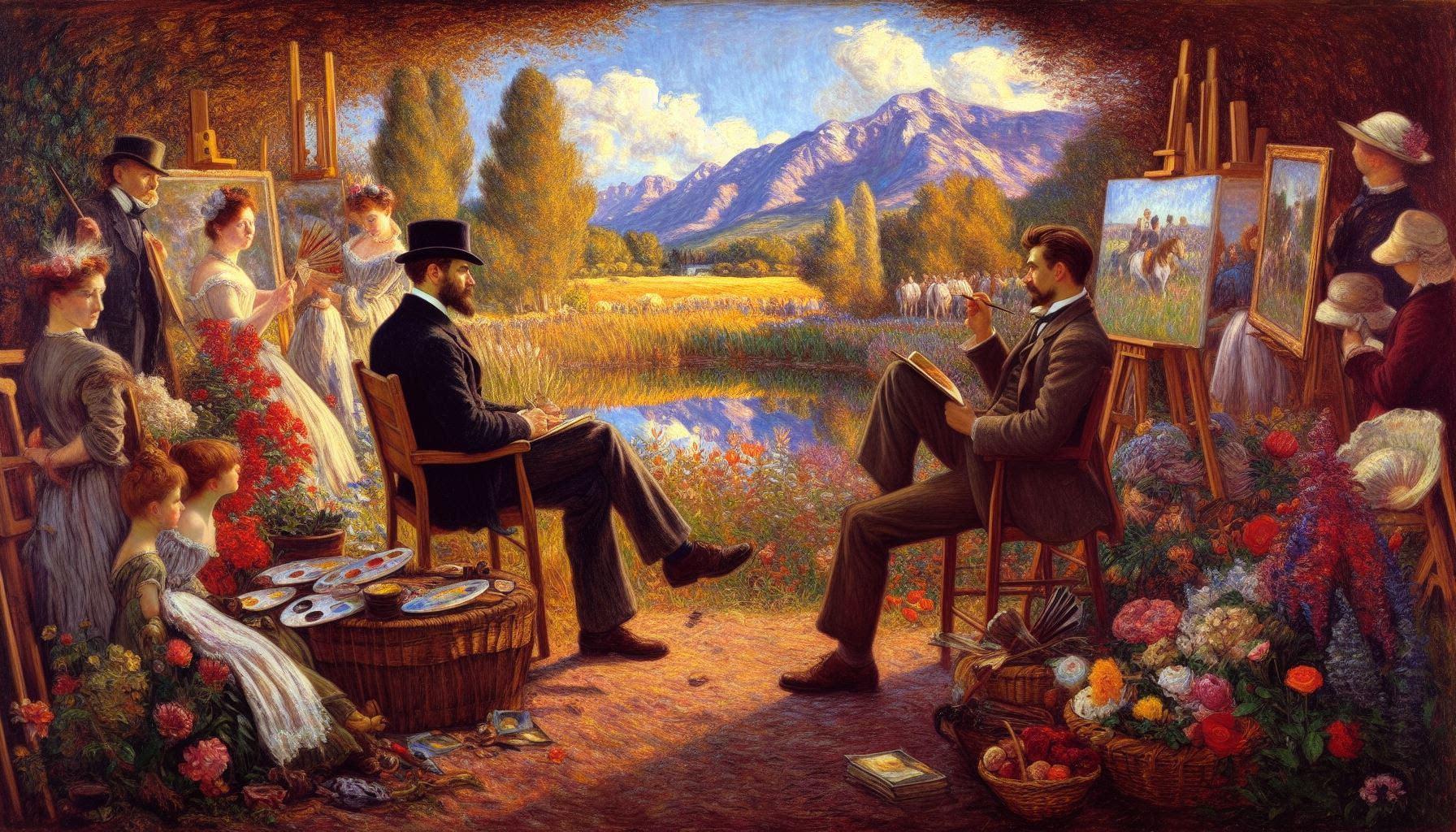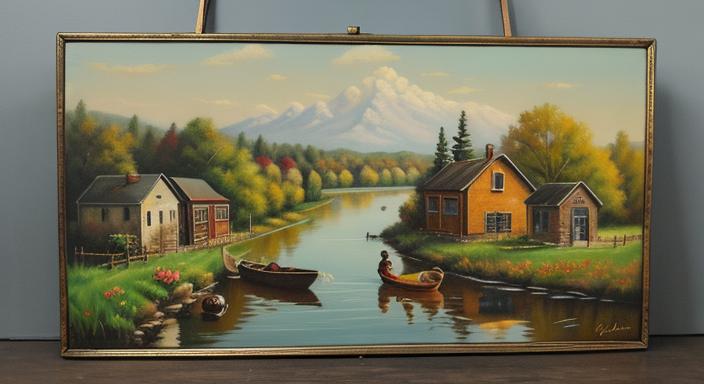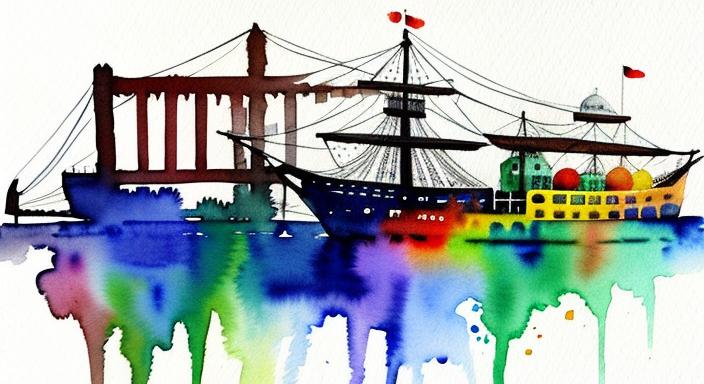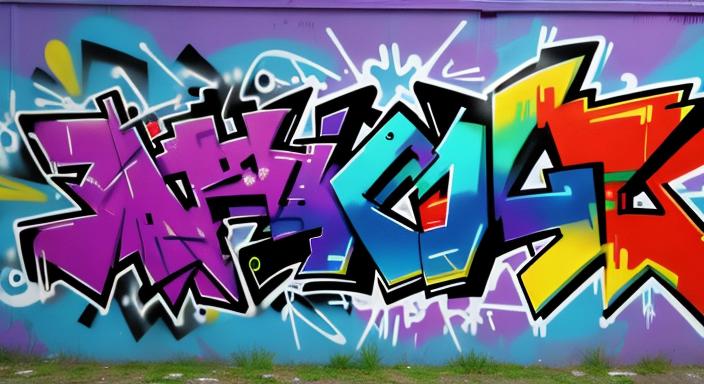
Introduction to Graffiti Art
Graffiti art, a vibrant and controversial form of urban expression, has captivated the world for decades. It is an art form that adorns walls, trains, and other public spaces, often conveying powerful messages or simply showcasing artistic talent.
Short History of Graffiti Art
Graffiti art has a rich history, dating back to ancient times when people carved symbols and drawings into rocks and cave walls. In the modern era, graffiti art emerged in the 1970s in New York City, where it became a symbol of rebellion and self-expression.
Ancient Roots
- Graffiti’s origins stretch back to prehistoric cave paintings.
- Ancient civilizations like Greece and Rome had graffiti – from political messages to crude drawings.
Modern Graffiti: Philadelphia and New York
- Modern graffiti as we know it emerged in Philadelphia during the 1960s, with figures like Cornbread and Cool Earl.
- It reached New York in the late 1960s, exploding in popularity throughout the 1970s.
- Subway cars became moving canvases for elaborate ‘masterpieces’.
From Vandalism to Art Form
- Initially viewed as vandalism, graffiti evolved to gain recognition as an art form.
- Artists like Keith Haring and Jean-Michel Basquiat began as street artists, later achieving mainstream gallery success.
- “Tagging” emerged as a distinct style – usually simpler and focused on an artist’s signature or symbol.
Global Phenomenon
- Graffiti spread worldwide, becoming a voice of expression (and sometimes dissent).
- It is intertwined with hip-hop culture.
- Banksy, a prominent contemporary artist, uses graffiti and stencil art to convey social and political messages, often with a satirical edge.
There are various types of graffiti art, including:
- Tags: Simple signatures or short messages
- Throw-ups: Larger, more elaborate tags
- Murals: Large-scale, often commissioned pieces
- Stencils Images created using pre-cut templates
Techniques of Graffiti Art
Graffiti artists employ a range of techniques to create their works. The most common technique is spray paint, which allows for quick and vibrant application. Stencils are also popular, enabling artists to create precise and detailed images. Other techniques include:
- Markers: Used for fine lines and details
- Paste-ups: Posters or prints glued to surfaces
- Etching: Scratching or carving into surfaces
Inspiration for Graffiti Art
Graffiti artists draw inspiration from a variety of sources, including:
- Personal experiences: Graffiti art often reflects the artist’s own life, emotions, and perspectives.
- Social and political issues: Graffiti art can be used to express opinions on current events, social justice, and other important topics.
- Other art forms: Graffiti artists may be influenced by traditional art, graphic design, and even music.
- Famous graffiti artists: Many graffiti artists admire and emulate the work of renowned artists in the field.
Some notable graffiti artists and their iconic pieces include:
- Banksy: Known for his politically charged stencils
- Keith Haring: Famous for his simple, cartoon-like figures
- Jean-Michel Basquiat: A pioneer of street art who later gained recognition in the art world
Value of Graffiti Art
Graffiti art, once considered a form of vandalism, has gained increasing recognition for its artistic and cultural value. Here are some of the key benefits and contributions of graffiti art to society:
- Artistic Expression: Graffiti art provides a platform for individuals to express their creativity and artistic vision. It allows them to showcase their talent and share their unique perspectives with the world.
- Social Commentary: Graffiti art can be a powerful tool for social and political commentary. Artists use graffiti to raise awareness about important issues, challenge societal norms, and provoke thought and discussion.
- Community Building: Graffiti art can foster a sense of community and belonging. It can bring people together to collaborate on projects, share ideas, and create a more vibrant and expressive public space.
- Urban Beautification: Well-executed graffiti art can enhance the aesthetic appeal of urban environments. It can transform dull and drab walls into colorful and visually stimulating canvases.
- Economic Benefits: Graffiti art can have a positive impact on local economies. It can attract tourists, generate revenue for businesses, and create job opportunities for artists and related industries.
- Historical and Cultural Significance: Graffiti art has become an important part of urban history and culture. It provides a glimpse into the social and political landscape of different eras and can serve as a valuable record of past events.
- Educational Value: Graffiti art can be used as an educational tool to teach about art, history, and social issues. It can spark discussions about creativity, self-expression, and the role of art in society.
Overall, graffiti art has significant value as an art form, a means of social commentary, a community-building tool, and a contributor to urban beautification and cultural heritage. It is important to recognize and support the positive contributions of graffiti art while also addressing and mitigating any negative aspects, such as illegal tagging and vandalism.
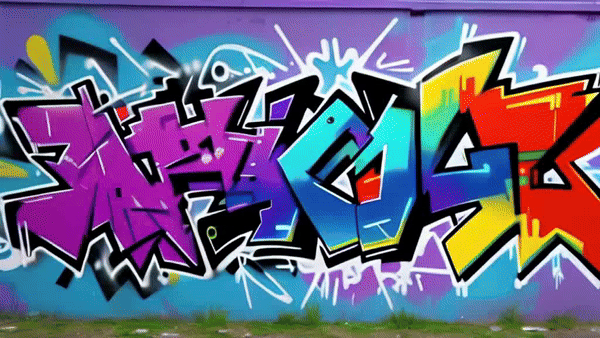
Conclusion
Graffiti art has evolved from a form of vandalism to a respected art form that has gained widespread recognition. It has become an integral part of contemporary culture, providing a platform for self-expression, social commentary, and artistic innovation.
The future of graffiti art is bright, with new artists emerging and pushing the boundaries of the medium. As cities continue to embrace street art, graffiti is likely to remain a vibrant and influential force in the art world.
In conclusion, graffiti art is a complex and multifaceted art form that has captured the imagination of people around the world. Its techniques, inspiration, and cultural significance make it a fascinating subject that continues to evolve and inspire.
